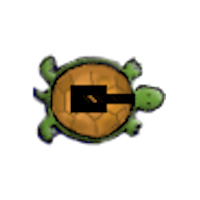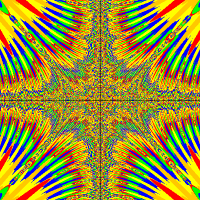I have an object set to change its image several times, but it keeps resetting to the starting image when it is image10. how can I get it to stay at image 10 when it is image 10? Here is the code
public void switchImage()
{
setImage(image1);
if ( getImage() == image1)
{
setImage(image2);
Greenfoot.delay(10);
}
if ( getImage() == image2)
{
setImage(image3);
Greenfoot.delay(10);
}
if ( getImage() == image3)
{
setImage(image4);
Greenfoot.delay(10);
}
if ( getImage() == image4)
{
setImage(image5);
Greenfoot.delay(10);
}
if ( getImage() == image5)
{
setImage(image6);
Greenfoot.delay(10);
}
if ( getImage() == image6)
{
setImage(image7);
Greenfoot.delay(10);
}
if ( getImage() == image7)
{
setImage(image8);
Greenfoot.delay(10);
}
if ( getImage() == image8)
{
setImage(image9);
Greenfoot.delay(10);
}
if ( getImage() == image9)
{
setImage(image10);
}
}





